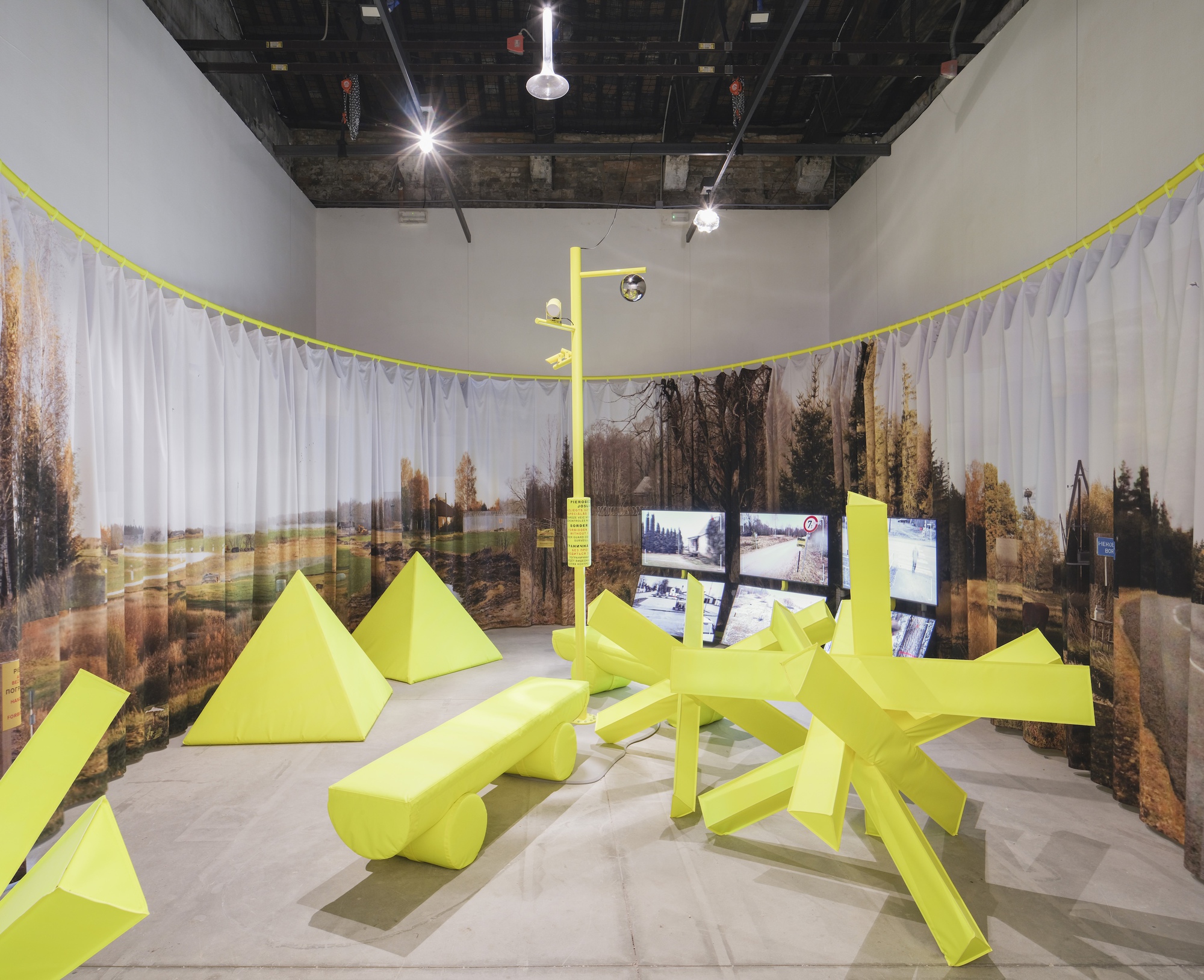
"The Latvian Pavilion at the 19th International Architecture Exhibition - La Biennale di Venezia, commissioned by Jānis Dripe and curated by Liene Jākobsone and Ilka Ruby, explores the impact of military defense on the country's border landscape. The exhibition was designed by SAMPLING and Nomad Architects to highlight how geopolitical tensions shape both territory and daily life. In times of escalating international warfare, the curatorial team poses the question of what it means to live on NATO's external border in times of geopolitical conflict."
"The exhibition focuses on the military defense of the Latvian state from the perspective of the inhabitants of the border area. The curators' objective is to highlight the specific conditions of Latvia's geographical situation, which they put forward as the reason behind the collective effects of a constant threat of attack. Focusing on the relationship between people and the defense landscape, the exhibition aims to offer the international architectural discourse a study of the relationship between military defense and spatial conditions through the Latvian example."
"In the context of the reinforcement of the physical borders of the country and other regions of the world, the curators showcase various defense elements with their specific locations and functions as part of a coherent system along the border. These include fences, anti-tank "hedgehogs," concrete "dragon's teeth," and anti-tank trenches. The exhibition also cites military defense measures, initiatives of public information and training on crisis and war, as well as large-scale military mobilization."
Latvia's 19th Venice Biennale pavilion examines how military defense shapes the country's border landscape and everyday life for border inhabitants. Commissioned by Jānis Dripe and curated by Liene Jākobsone and Ilka Ruby, the exhibition designed by SAMPLING and Nomad Architects asks what it means to live on NATO's external border amid escalating geopolitical conflict. The project foregrounds the lived perspective of border communities and treats defense infrastructure as spatial condition. Exhibited elements include fences, anti-tank hedgehogs, dragon's teeth, trenches, and visualized mobilization, public information, and crisis training. An installation combining anti-tank obstacles and neon visuals maps defense systems as a coherent border apparatus.
Read at ArchDaily
Unable to calculate read time
Collection
[
|
...
]